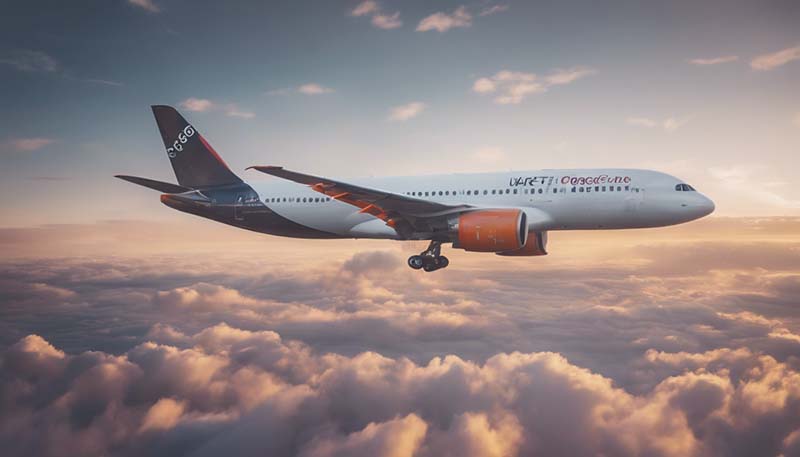The aviation industry has been witnessing a significant transformation in recent years, primarily driven by the emergence and rapid growth of low-cost airlines. These carriers have not only disrupted the market but also changed the way consumers perceive and approach air travel. This article delves into the factors contributing to the success of low-cost airlines, their impact on the industry, and the potential challenges and opportunities that lie ahead.
Origins and Growth of Low-Cost Airlines
The concept of low-cost airlines (LCAs) first emerged in the United States in the 1960s and 1970s, with the introduction of carriers such as Southwest Airlines and People Express. The primary goal of these airlines was to offer affordable air travel to the masses by cutting down on operational costs and eliminating frills. This business model gained momentum in the 1980s and 1990s, with the deregulation of the aviation industry in the United States and Europe, paving the way for more LCAs to enter the market.
Advertisement
The growth of LCAs can be attributed to several factors, including increased competition, technological advancements, and changing consumer preferences. As more and more people gained access to air travel, the demand for low-cost options increased, leading to the proliferation of LCAs worldwide. Today, carriers like Ryanair, EasyJet, and Spirit Airlines have become household names, offering affordable air travel options to millions of passengers annually.
Impact on the Aviation Industry
The rise of LCAs has had a profound impact on the aviation industry. Traditional full-service carriers have been forced to reevaluate their business models and adapt to the changing landscape. Many have introduced low-cost subsidiaries or restructured their operations to remain competitive. For instance, legacy airlines such as Lufthansa with Eurowings, and British Airways with LEVEL, have entered the low-cost market to cater to price-sensitive customers.
Additionally, LCAs have played a significant role in expanding the reach of air travel, connecting secondary cities and previously underserved markets. This has led to increased competition among airports and has spurred infrastructure development in regions that were previously inaccessible or underutilized.
Changing Consumer Behavior
The emergence of LCAs has also had a notable impact on consumer behavior. As air travel became more affordable, it evolved from a luxury to a common mode of transportation for a broader demographic. This shift has led to an increase in the number of people traveling for both business and leisure purposes, as well as a rise in multi-destination trips and spontaneous travel.
Furthermore, consumers have become more price-sensitive and cost-conscious, often prioritizing affordability over other factors such as in-flight services and amenities. This has led to a greater emphasis on ancillary revenue streams for LCAs, with passengers being offered a la carte services and additional fees for checked luggage, seat selection, and other extras.
Challenges and Opportunities
Despite their success, LCAs face several challenges in the future. One of the most pressing concerns is the environmental impact of aviation. As the industry continues to grow, so do its greenhouse gas emissions, contributing to climate change. LCAs, in particular, are under scrutiny for their fuel efficiency and carbon footprint. To address this issue, airlines are investing in more fuel-efficient aircraft, exploring alternative fuels, and implementing carbon offset programs.

Another challenge is the increasing regulatory scrutiny and potential changes in aviation policies. Governments around the world are becoming more aware of the impact of LCAs on local communities and the environment, leading to stricter regulations and increased fees for airports and air traffic control. This could result in higher operational costs for LCAs, potentially affecting their low-fare business model.
On the other hand, advancements in technology and the rise of new business models present opportunities for LCAs to further disrupt the market. The development of supersonic and hypersonic aircraft could enable faster travel, while the growth of air taxi services and urban air mobility could provide new options for short-haul routes. Additionally, the integration of artificial intelligence and big data analytics can help airlines optimize their operations, enhance customer experience, and develop personalized offerings.
Conclusion
The future of low-cost airlines is filled with both challenges and opportunities. As the industry continues to evolve, LCAs will need to adapt to the changing landscape and address the environmental and regulatory concerns that come with their growth. By embracing innovation and leveraging technology, these carriers can continue to disrupt the market and shape the future of air travel.